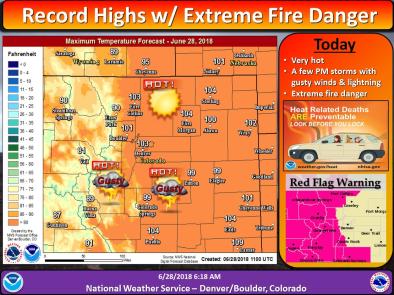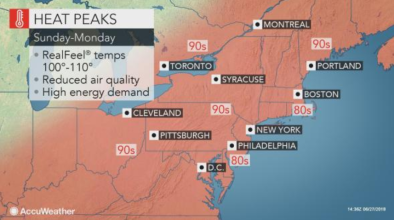Science Source
Detectable regional changes in the number of warm nights
- Analyses gridded observed and multi-model simulated trends in the annual number of warm nights during the second half of the 20th century
- Shows that there is evidence that external forcing has significantly increased the number of warm nights, both globally and over many regions
- Defines thirteen regions with a high density of observational data over two datasets, comparing observed and simulated trends from 20th century simulations
- The 13 regions include: Southern Australia, Alaska, Western North America, Central North America, Eastern North America, Northern Europe, Mediterranean, Northern Asia, Western Asia, Tibet, Eastern Asia, South-East North America, and Central Europe
- The main analysis period is 1951–1999, with a sub-period of 1970–1999
- Analyses periods of 1955–2003 and 1974–2003 in order to investigate if observed trends changed past 1999
- Both observed and ensemble mean model data from all models analyzed show a positive trend for the regional mean number of warm nights in all regions within this 49 year period (1951–1999)
- Finds the trends tend to become more pronounced over the sub-period 1970–1999 and even more so up to 2003
- Applies a fingerprint analysis to assess if trends are detectable relative to internal climate variability
- Finds that changes in the global scale analysis, and in 9 out of 13 regions, are detectable at the 5% significance level
- The exceptions are Central Europe, Eastern Asia, Western Asia and the Tibetan Regions
- States that a large part of the observed global-scale trend in TN90 (an index of observed and modeled annual data) results from the trend in mean temperature, which has been attributed largely to anthropogenic greenhouse gas increase
- This suggests that the detected global-scale trends in the number of warm nights are at least partly anthropogenic
Related Content
Headline

Jun 29, 2018 | The Denver Post
Denver’s scorching hot weather on Thursday tied an all-time record, a roasting 105
Headline

Jun 28, 2018 | Business Insider
A major heat wave is about to fry the East Coast — here's what's coming
Headline

Jun 28, 2018 | AccuWeather
Most intense heat to peak ahead of July 4th in northeastern US
Headline

Jun 28, 2018 | USA Today
Dangerous, oppressive heat wave to scorch central, eastern US as 'heat dome' expands


